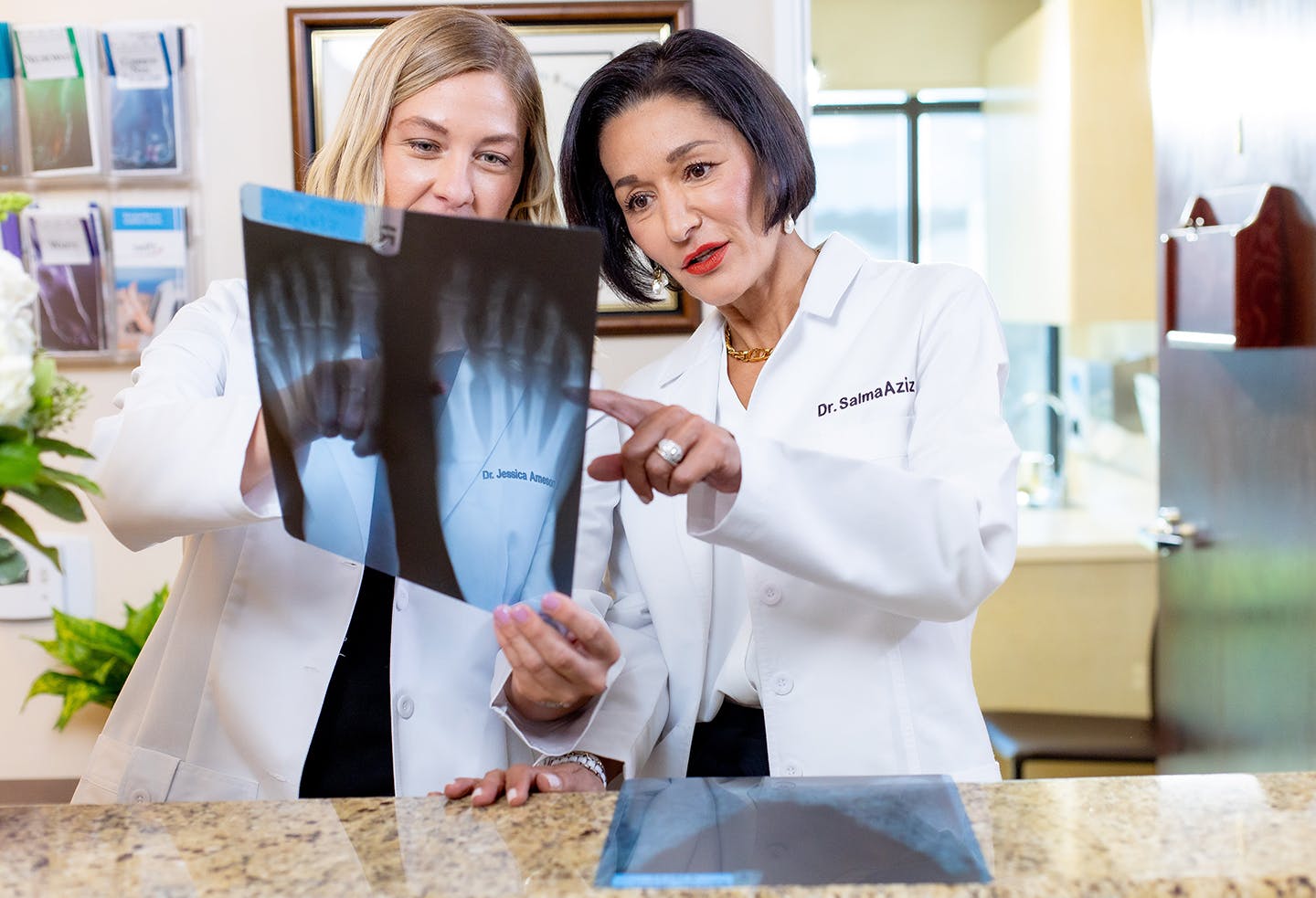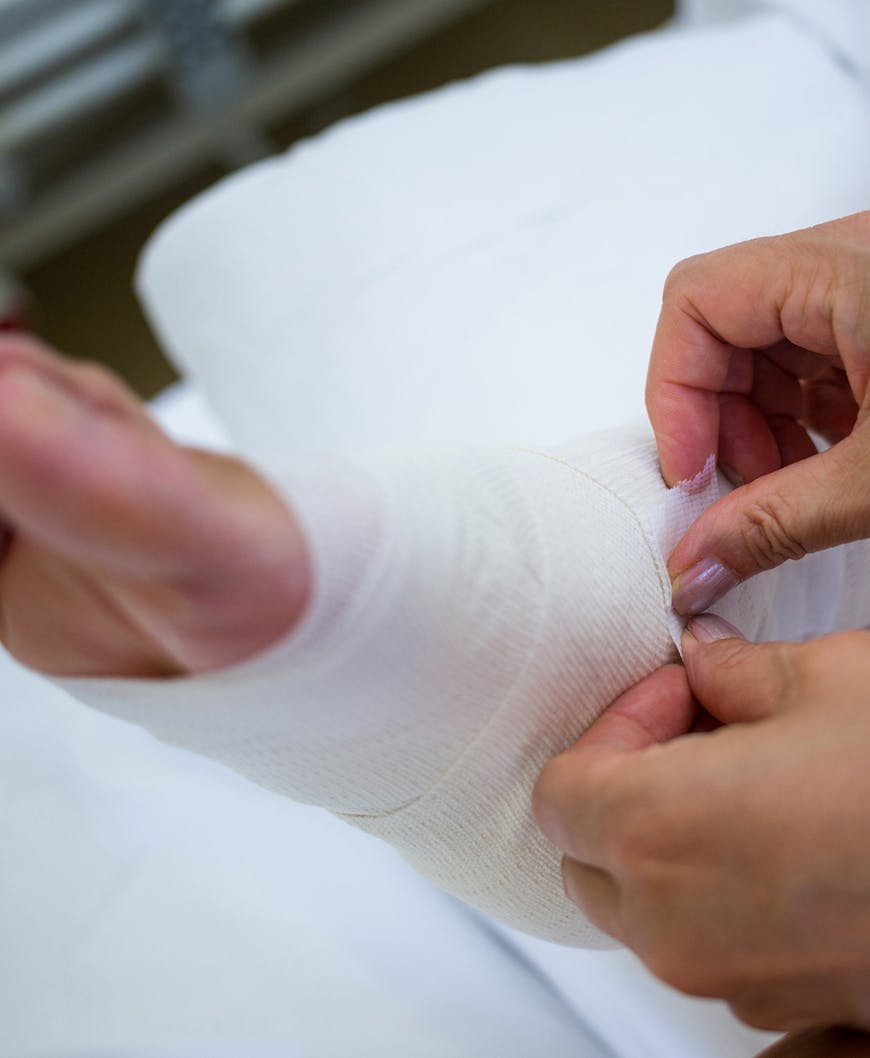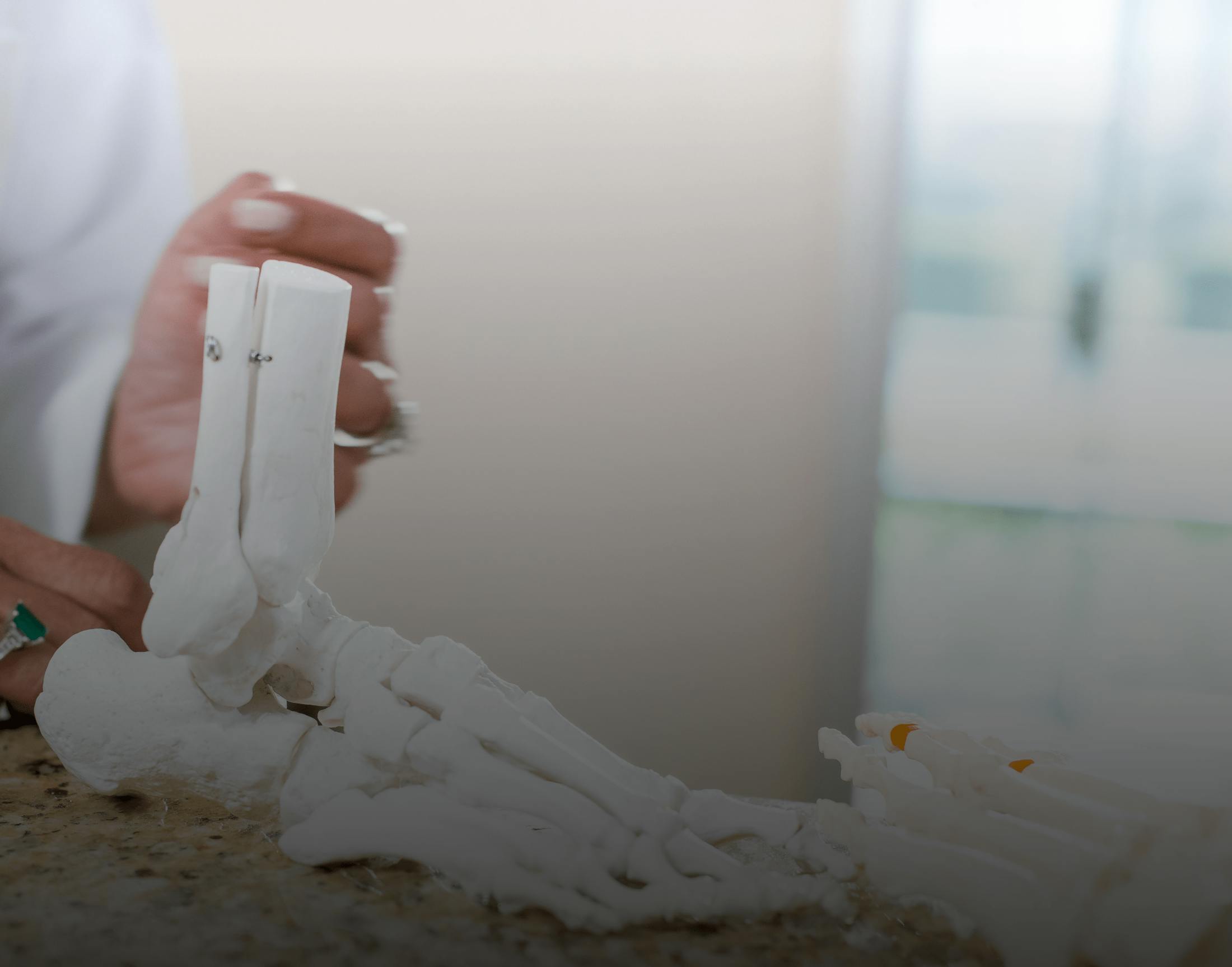Even the mildest stress on a foot or ankle fracture is unpleasant — an irritating source of pain that will have you moving gingerly and avoiding physical activity for a few weeks so that the injury doesn’t get worse. As for more severe fractures, or fractures at an older age, these can rapidly become a source of chronic pain that lasts a lifetime and our Rancho Santa Margarita foot fracture specialist will help choose the correct treatment for you.
Types of Fractures
While all fractures involve a break in the bone, the properties of fractures can vary significantly. This has led to specific names for the different types of breaks. Some of them overlap, as they describe different aspects of the break:
- Comminuted fracture: A fracture that breaks the bone in multiple places, resulting in three or more pieces.
- Oblique fracture: A fracture at an angle across the bone.
- Transverse fracture: A horizontal fracture perpendicular to the length of the bone.
- Stress fracture: Also known as a “hairline fracture”, this is a very thin crack usually resulting from overuse.
- Spiral fracture: A type of fracture resulting from twisting force on the bone.
- Stable fracture: A clean break where the broken ends of the bone are more or less still lined up and in place.
- Open and closed fractures: Describes whether the bone broke the skin (open) or not. Open fractures are also sometimes known as “compound fractures” and offer an increased risk of dangerous infection.
- Pathologic fracture: A fracture resulting from disease. This overlaps with a physical fracture type.









